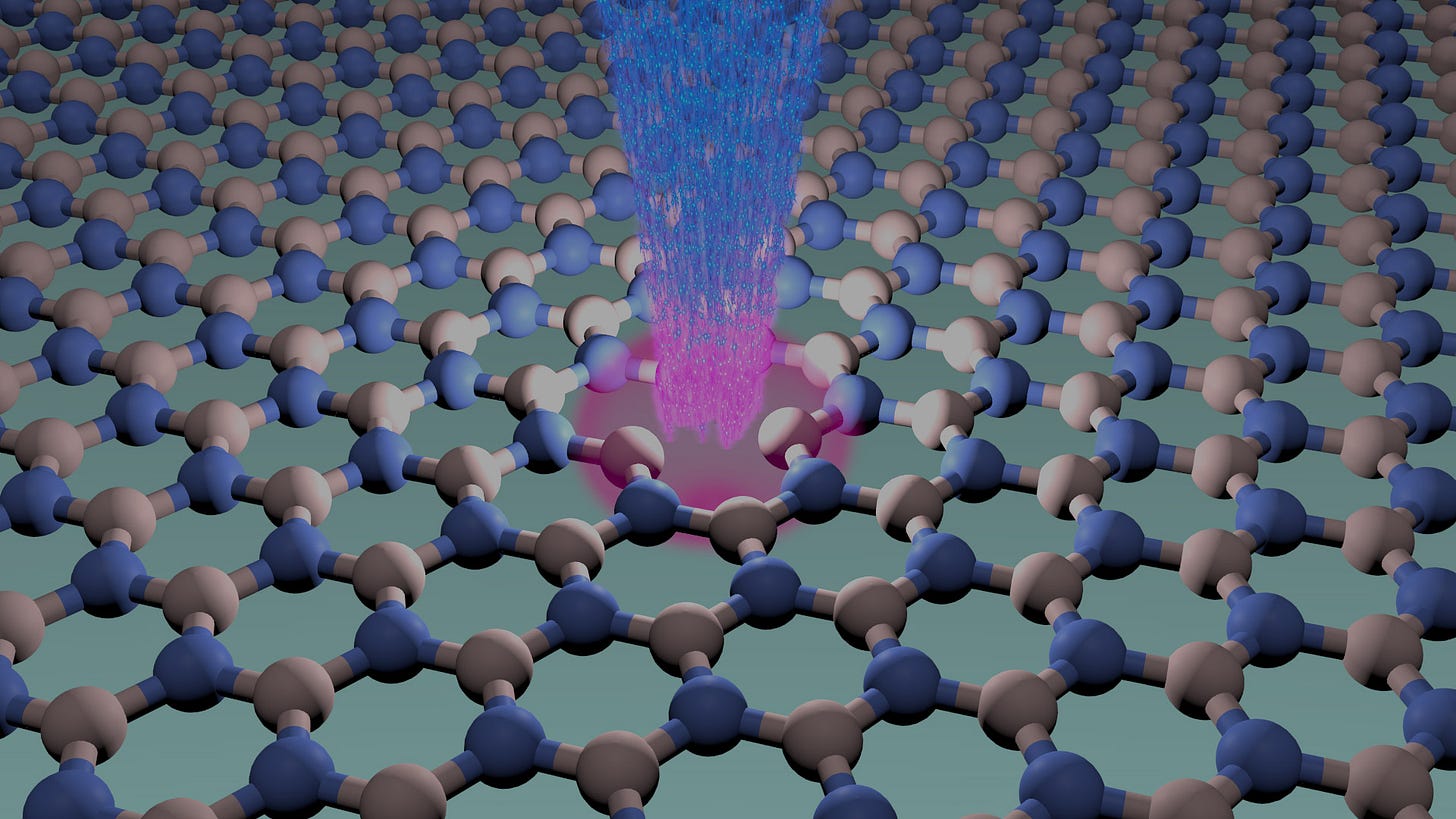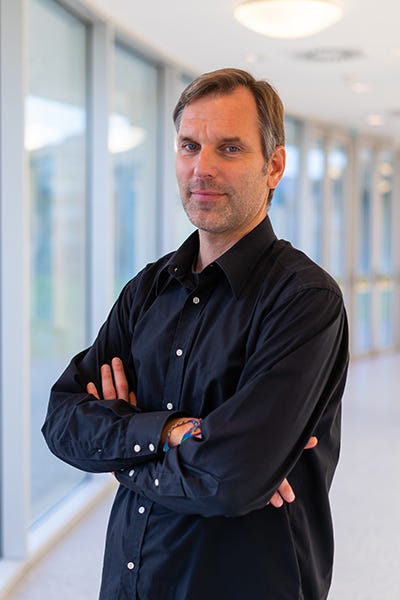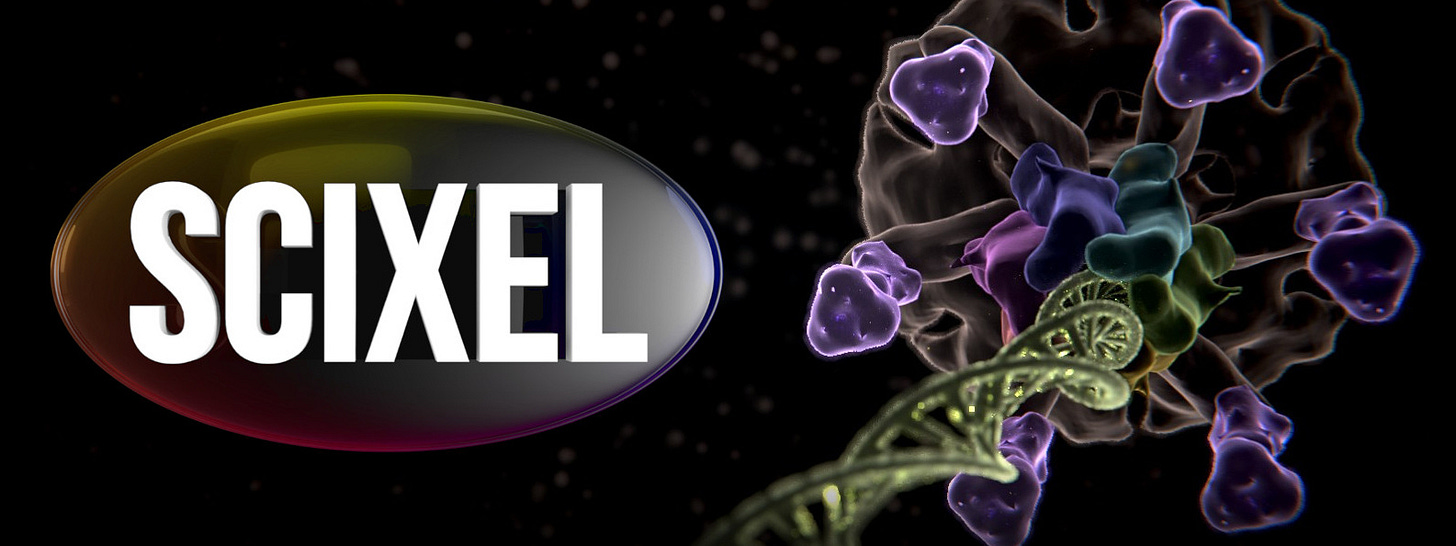The production of graphene sheets in 2004 was a feat that was awarded the Nobel Prize in physics in 2010. Graphene application in quantum technologies has been hindered due to issues with material quality. The EU-funded project 2D4QT is investigating the utility of van der Waals heterostructures to store quantum information by sandwiching graphene between hexagonal boron nitride layers.
Since its discovery, graphene has been indicated as a promising platform for quantum technologies (QT). The number of theoretical proposal dedicated to this vision has grown steadily, exploring a wide range of directions, ranging from spin and valley qubits, to topologically-protected states. The experimental confirmation of these ideas lagged so far significantly behind, mostly because of material quality problems. The quality of graphene-based devices has however improved dramatically in the past five years, thanks to the advent of the so-called van der Waals (vdW) heteostructures - artificial solids formed by mechanically stacking layers of different two dimensional (2D) materials, such as graphene, hexagonal boron nitride and transition metal dichalcogenides. These new advances open now finally the door to put several of those theoretical proposals to test.
Combining graphene with other two-dimensional materials, such as transition metal dichalcogenides (MoS2, WSe2, etc.) allows the creation of the multilayer structures with a huge potential for applications and studying new physics.
Because of their diverse properties, scientists have discovered that by stacking these one-atom layered materials into a sandwich configuration, the assembled device offers an amazingly broad range of optical properties, which extends from ultra-sensitive light reflectors, transmitters to absorbers depending mainly on the way they are stacked. In addition, these materials have proven to be ideal for the miniaturization of electronic-based circuits beyond the physical limitations of existing technologies and are now showing unique potential for their further integration into quantum photonic circuits in which single photon emission and detection is at the heart of this technology's success.
The transformation of digital computers from bulky machines to portable systems has been enabled by new materials and advanced processing technologies that allow ultrahigh integration of solid-state electronic switching devices. As this conventional scaling pathway has approached atomic-scale dimensions, the constituent nanomaterials (such as SiO2 gate dielectrics, poly-Si floating gates and Co–Cr–Pt ferromagnetic alloys) increasingly possess properties that are dominated by quantum physics. In parallel, quantum information science has emerged as an alternative to conventional transistor technology, promising new paradigms in computation, communication and sensing. The convergence between quantum materials properties and prototype quantum devices is especially apparent in the field of 2D materials, which offer a broad range of materials properties, high flexibility in fabrication pathways and the ability to form artificial states of quantum matter. In this Review, we discuss the quantum properties and potential of 2D materials as solid-state platforms for quantum-dot qubits, single-photon emitters, superconducting qubits and topological quantum computing elements. By focusing on the interplay between quantum physics and materials science, we identify key opportunities and challenges for the use of 2D materials in the field of quantum information science.
Dr. Leonid Ponomarenko's group (letf) (Lancaster University) collaborates with the research group Professor V. Falko. (right) (National Graphene Institute) in this field
Our research is primarily focused on the fabrication and transport properties of the encapsulated ultra-high mobility graphene devices and the graphene superlattices (including investigation of the Hofstadter butterfly in extremely high magnetic fields). We also study the double-layer structures with unprecedentedly small (down to 1 nm) separation between graphene layers, which allows probing of the electron-electron interaction in a strong coupling regime. Another area of interest is a new type of tunnelling field transistors fabricated by stacking several 2D materials for fast and low power electronics. Dr. Leonid Ponomarenko's group
I would like to highlight as researcher in this field Dr. Sascha Sadewasser who develops his research at INL (Portugal) and Dr. Dmitri Efetov who works at ICFO (Spain).
Sascha Sadewasser (INL, Portugal)
The Quantum and Energy Materials department works on fundamental and applied materials science with strong efforts in quantum materials, e.g. 2D materials, both experimentally and theoretically, and energy materials covering the topics energy generation and storage with strong efforts in catalysis, fuel cells, batteries, and photovoltaics.
Activities include experimental and theoretical research and development of 2D materials (graphene, transition metal di-chalcogenides, boron nitride, magnetic 2D materials, quantum spin Hall insulators, etc.), fabrication of devices based on 2D materials (e.g. biosensors and photodetectors), photovoltaic materials for advanced thin film solar cells (Cu(In,Ga)Se2, etc.), materials for solar-to-hydrogen conversion and batteries and research in atomic scale electronics, functional point defects in 2D materials for quantum technologies, etc.
Bio: Sascha Sadewasser is the Group Leader of the Laboratory for Nanostructured Solar Cells. Sascha is interested in developing materials and devices for photovoltaic energy conversion, for example for building-integrated photovoltaics, light-weight flexible solar cells, etc. He is an expert in Kelvin probe force microscopy, which he applies to the characterization of semiconductors, thin-film solar cell materials and 2D materials. His group develops advanced concepts for chalcopyrite thin-film solar cells, ranging from passivation layers and micro-concentrator solar cells to quantum dot and nanowire concepts. The group also works on 2D chalcogenide materials for optoelectronic applications.
Sascha Sadewasser holds a Diploma (1995) in Physics from the RWTH Aachen, Germany and a PhD (1999) from the Washington University St. Louis, MO (USA). He did a post-doc (1999-2003) at Hahn-Meitner Institute Berlin (Germany), and was a Ramón y Cajal scientist at the Centro Nacional de Microelectrónica in Barcelona (Spain) from 2003 to 2004. From 2005 until 2011 he was the group leader of the Nanoanalytics and Nanofabrication group at the Helmholtz-Zentrum Berlin (Germany) and the deputy head (2008-2011) of the Department for Heterogeneous Materialsystems. In 2011 he obtained his Habilitation in Experimental Physics from the Free University of Berlin (Germany). Since July 2011 he is the Principal Investigator of the Laboratory for Nanostructured Solar Cells (LaNaSC) at INL.
Dr. Dmitri (ICFO, Spain) (right)
Coordinated by ICFO, Prof. at ICFO Dmitri Efetov comments
"I am thrilled that our project 2D-SIPC has been accepted by the EU from so many proposals. 2D materials, such as graphene, are not the most obvious materials for quantum applications, however recent progress in the creation of single photon emitters and detectors, paired with ease of integration onto photonic chips, open up entirely new, disruptive possibilities for the build-up of scalable quantum networks, a key milestone in the development of the quantum internet. This basic science project will allow us to push the boundaries of this approach and I am looking forward to seeing breakthrough applications develop from our efforts."
The new European project 2D·SIPC intends to bring a solution to this problem by developing 2-D material on-chip quantum components (single photon emitters, single photon detectors, photonic switches) for their scalable and successful integration into integrated quantum networks used in quantum computing, communications, sensing and metrology, among other fields.
Selected as one of the 20 projects to give commencement to the Quantum Flagship, an ambitious 1b€ initiative supported by the European Commission for the next 10 years, 2D·SIPC has marked an ambitious goal of developing devices capable of creating, processing, storing, routing and detecting single photons. During its 3-year lifetime, 2D·SIPC will span different research fields ranging from experimental and theoretical condensed matter physics, to photonics, as well as quantum optics and advanced photo-detection applications.
Thus, to do this and achieve its goals, it will rely on a unique combination of different experts to pave the way to unprecedented possibilities in quantum integrated photonics. In particular, it will count with renowned consortium members of academia and industry who have shown to be worldwide experts in their respective scientific and technological fields. Each consortium member will focus on a particular field: while ICFO will focus on single photon detection and nano-imaging, the University of Manchester will do so on theory and fabrication processes of 2-D materials and stacking techniques for the heterostructures, University of Cambridge on quantum optics and spectroscopy, CNIT on on-chip photonic circuits, and Single Quantum (SQ) on commercial single photon detection, single photon emission and packaging.
Bio: Prof. Dmitri K. Efetov (M) received a Diploma (M.Sc.) in Physics from ETH Zurich (Switzerland) in 2007, and a M.A., M. Ph. and a Ph.D. in Physics from Columbia University (USA) in 2014, under supervision of one of the pioneers of graphene Prof. Philip Kim. Prior to joining ICFO in 2017, he had worked as a postdoctoral researcher at the Massachusetts Institute of Technology (MIT, USA). Since 2017 Dmitri is a professor and group leader at ICFO, whose research program concentrates on the development of novel composite materials known as “van der Waals (vdW) hetero-structures”, which consist of graphene and other 2D materials. Dmitri received the Charles H. Towns Award for his outstanding research achievements during his PhD, and the Obra Social ”la Caixa” Junior Leader Fellowship and an ERC starting grant to start his independent research group at ICFO. Prof. Efetov is leader of the 2D-SIPC project in the Quantum Flagship (1B€ project for 10 years), as well as a member of its Science and Engineering board.
Born in 2012, Scixel is a project devoted to the improvement of the scientific comunication through the creation of graphical products: pictures, animations, graphs, posters, etc. Scixel consists of scientists with a deep knowledge in digital graphics but also with a long experience in giving talks, preparing posters and papers and other daily situations of scientific work.
We have focused our work into universities and research institutes all over the world: TuDelft (The Netherlands), NIMS (Japan), Basel University (Switzerland), Universidad Autónoma de Madrid, CNB or ICFO (Spain), to name a few.
Web: https://scixel.es/
If you are a company or an individual who would like to place your advertising in my newsletter you can contact me (email) and let me know your request of type of ad and number of newsletters you would like to place it. I will send you a budget as soon as possible.









